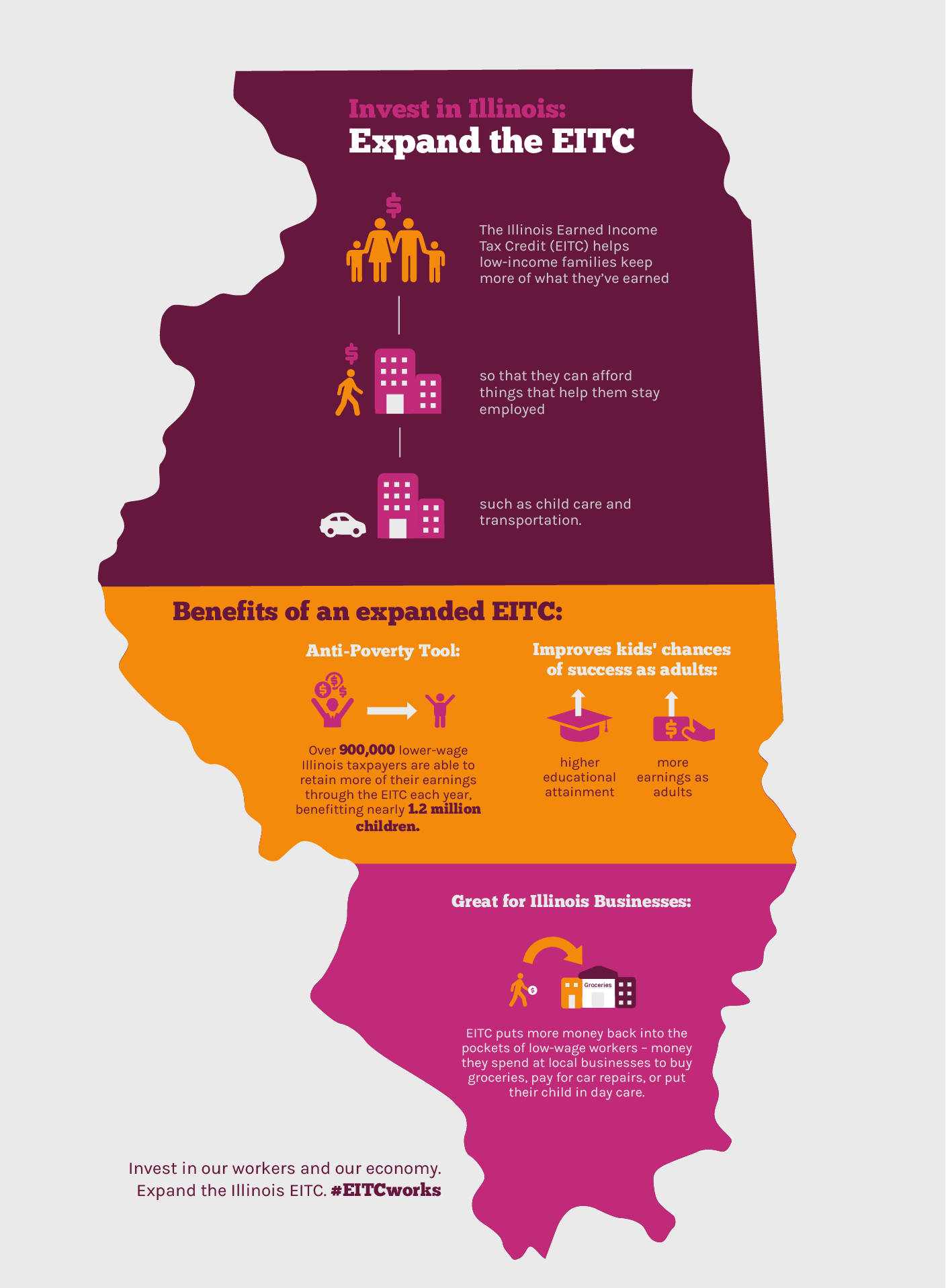The Earned Income Tax Credit (EITC) is a tax credit available to low-income working individuals and families. It is specifically designed to provide financial assistance to those who may be struggling to make ends meet. The EITC can provide significant financial relief by reducing the amount of taxes owed or even providing a refund.
**So, what is the EITC 2015?**
The EITC 2015 refers to the specific rules and regulations governing the Earned Income Tax Credit for the tax year 2015. Each year, the IRS updates the guidelines and income thresholds for the EITC to reflect changes in the cost of living and other economic factors. Therefore, the rules and regulations for the EITC can vary from one year to another.
The EITC 2015 offers a tax credit based on several factors, including income, filing status, and the number of qualifying children. To be eligible for the EITC in 2015, you must meet specific requirements, such as having earned income from employment or self-employment, being a U.S. citizen or resident alien, and filing a tax return.
Let’s take a closer look at the key aspects of the EITC 2015 and how it can benefit eligible individuals and families.
Income Limits and Qualifications
To qualify for the EITC 2015, you must meet certain income limits based on your filing status and the number of qualifying children you claim. The income limits for the EITC are adjusted annually and vary depending on family size.
For tax year 2015, the maximum income thresholds were as follows:
– Single or head of household, no qualifying children: $14,820
– Single or head of household, one qualifying child: $39,131
– Single or head of household, two or more qualifying children: $44,454
– Married filing jointly, no qualifying children: $20,330
– Married filing jointly, one qualifying child: $44,651
– Married filing jointly, two or more qualifying children: $49,974
It’s important to note that these income limits are just one factor in determining eligibility for the EITC. You must also meet additional requirements, such as having a valid Social Security number and meeting the age requirements for both yourself and any qualifying children.
Calculating the EITC
The amount of EITC you can claim depends on your income, filing status, and the number of qualifying children you have. The EITC is a refundable credit, which means that if the credit exceeds the amount of taxes owed, you may be eligible for a refund.
The EITC is calculated using a complex formula provided by the IRS. The formula takes into account your earned income, the number of qualifying children, and your filing status. The credit amount increases as the number of qualifying children increases, up to a maximum of three.
For tax year 2015, the maximum EITC amounts were as follows:
– No qualifying children: $503
– One qualifying child: $3,359
– Two qualifying children: $5,548
– Three or more qualifying children: $6,242
It’s important to note that the EITC is a “phase-in” credit, meaning that it gradually increases as your income increases, reaches its maximum amount, and then gradually phases out as your income exceeds certain thresholds.
Claiming the EITC
To claim the EITC, you must file a federal tax return, even if you are not otherwise required to file. You must also accurately report your earned income, filing status, and the number of qualifying children on your tax return. Filing electronically is the fastest and most accurate way to claim the EITC.
If you qualify for the EITC, it can significantly reduce your tax liability or provide you with a refund. The amount of the credit can be substantial, especially if you have multiple qualifying children and meet the income requirements. The EITC is designed to provide a financial boost to low-income individuals and families, helping them meet their basic needs and improve their financial circumstances.
Frequently Asked Questions
Q: Can I claim the EITC if I am self-employed?
Yes, self-employment income can be considered earned income and may qualify you for the EITC. However, you must meet all other eligibility requirements and accurately report your self-employment income on your tax return.
Q: Can I claim the EITC if I am a student?
If you are a full-time student under the age of 24, you typically cannot claim the EITC. However, there are exceptions for students who have qualifying children or meet other specific criteria. It’s best to consult the IRS guidelines or seek professional tax advice to determine your eligibility.
Q: What happens if I claim the EITC but am not eligible?
If you claim the EITC but are later found to be ineligible, you may be required to repay the credit and could also face penalties or interest charges. It’s essential to carefully review the eligibility requirements and accurately report your information on your tax return to avoid any potential issues.
Final Thoughts
The Earned Income Tax Credit (EITC) provides valuable support to low-income working individuals and families, helping them make ends meet and improve their financial circumstances. The EITC 2015 specifically refers to the guidelines and rules governing the credit for the tax year 2015. By understanding the income limits, qualifications, how to calculate the credit, and how to claim it, you can take advantage of the EITC and potentially receive a significant refund or tax reduction. If you think you may be eligible for the EITC, be sure to consult the IRS guidelines, seek professional tax advice if needed, and file your tax return accurately to claim this valuable benefit.
